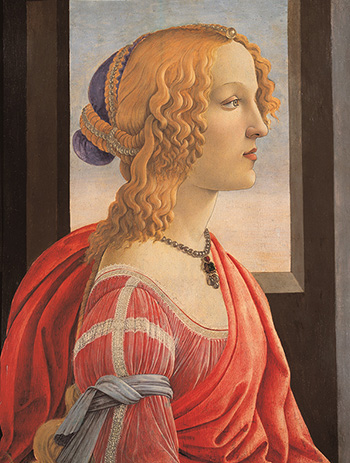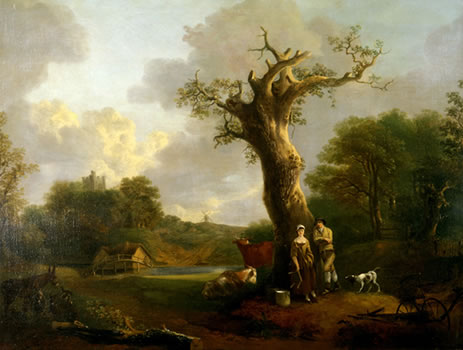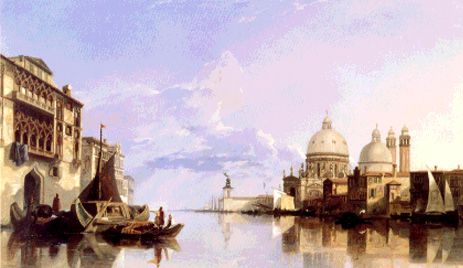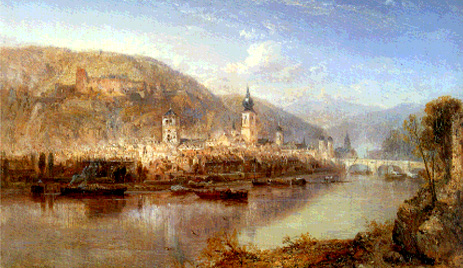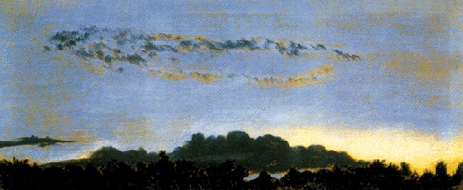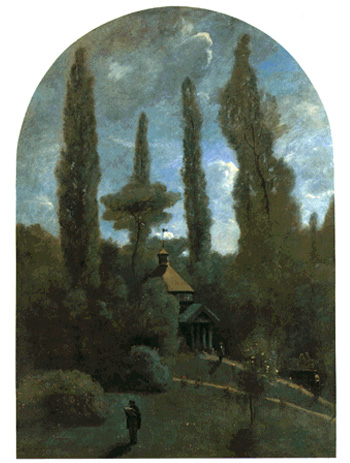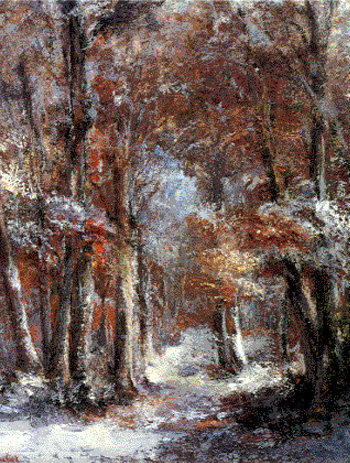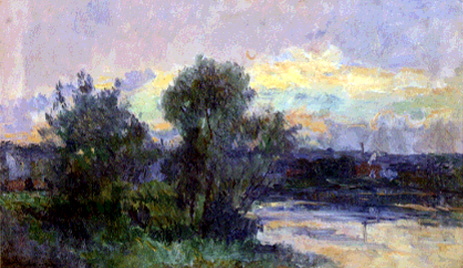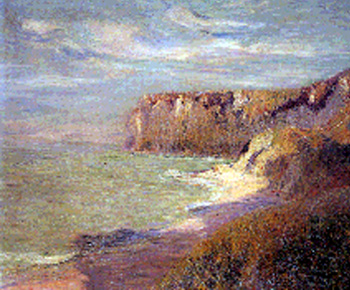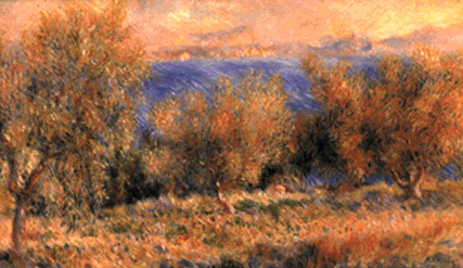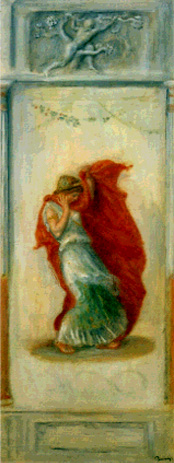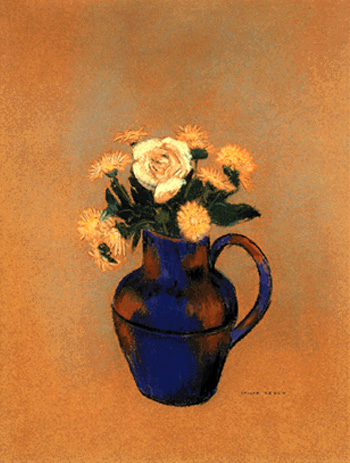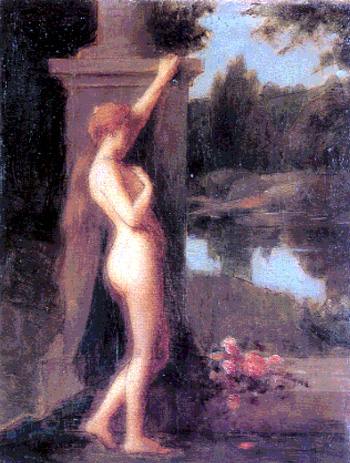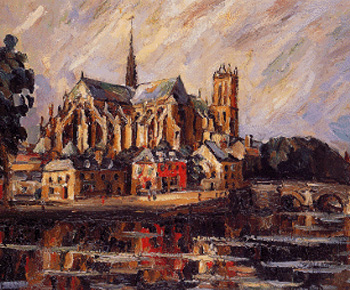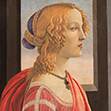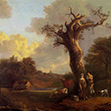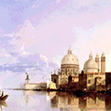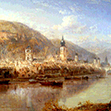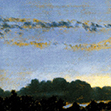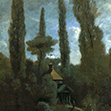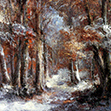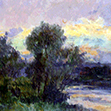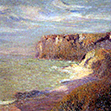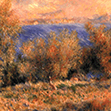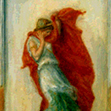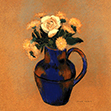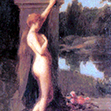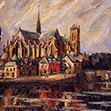Sandro Botticelli, whose real name was Alessandro di Mariano di Vanni Filipepi, was born in Florence in 1444 or 1445 as the youngest son of the Florentine tanner Mariano Filipepi. He died in the same city in 1510. Few records of his early years survive, but it seems probable that at 13, he was sent to become an apprentice goldsmith, before joining the studio of Filippo Lippi, a painter then popular in Florence. At first he derived his style from Lippi, while also being influenced by Verrochio, Antonio Pollaiuolo and others. However, he gradually evolved his own individual means of expression, independent of the trends of the time.
In 1470, he received his first commission, a record of which survives to this day. From then on his fame grew, and at the end of 1473 he was invited to paint frescos for the Cathedral in Pisa. After the Pazzi Conspiracy in 1478, he came under the patronage of the Medici family, and his reputation spread still further. In the second half of the 1470s and in the 1480s, he created several masterpieces, including The Spring and the birth of Venus.
The following decade, Botticelli fell under the spell of the Italian religious reformer, Girolamo Savonarola, and his many late works are laden with medieval religiosity. His fame nearly died with him, until the 19th century Pre-Raphaelite school rediscovered him, finding in him a kindred spirit. Botticelli is now ranked alongside those other Renaissance masters, Leonardo da Vinci and Michelangelo.
Simonetta Vespucci, the model for this painting, was one of the most beautiful ladies of the era. She was nominated as “The Queen of Beauty” at La Giostra (the equestrian games) in 1475 and became a lover of Giuliano, the younger brother of Lorenzo the Magnificent, who was the winner of the games. She died of a pulmonary infection at the age of 22 in 1476. She enchanted many poets and painters, including Angelo Poliziano, Botticelli, and Piero di Cosimo. She is thought to be a model for other Botticelli masterpieces such as The spring and The birth of Venus.

